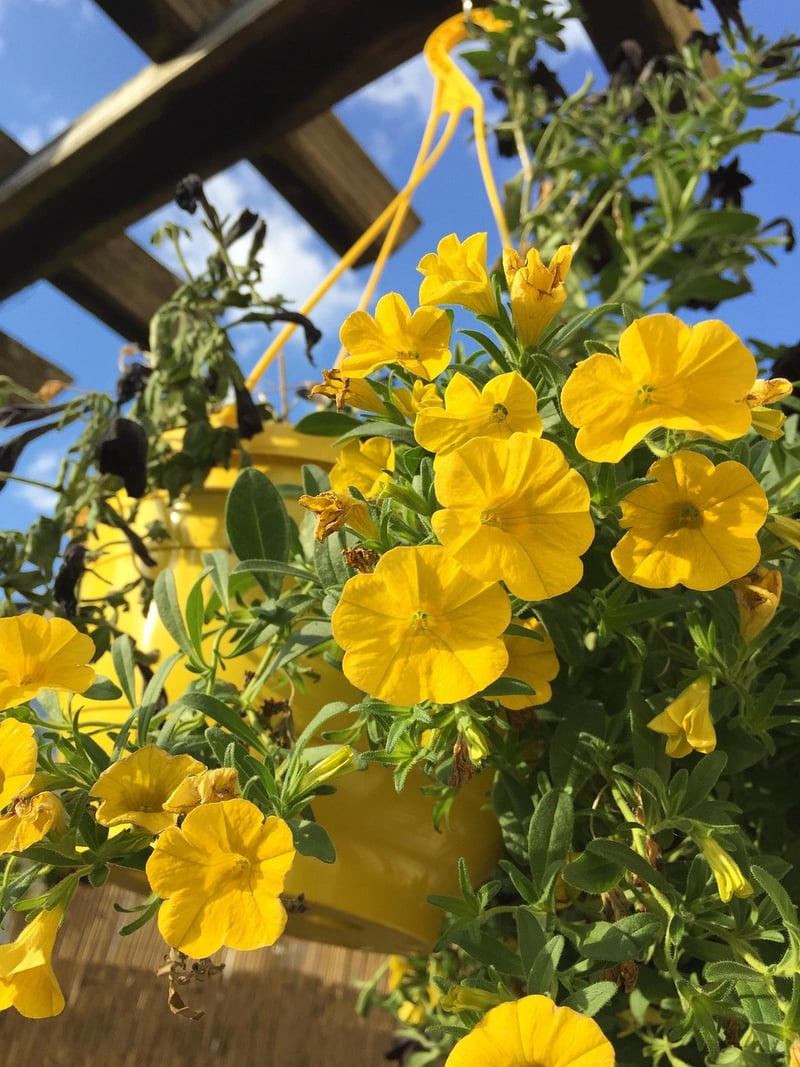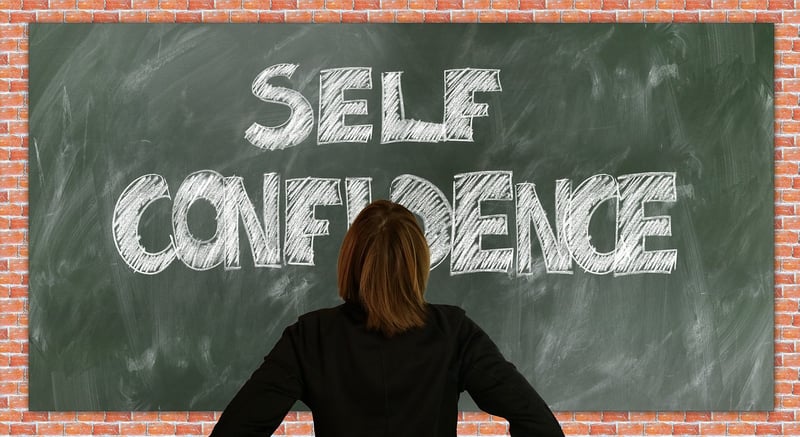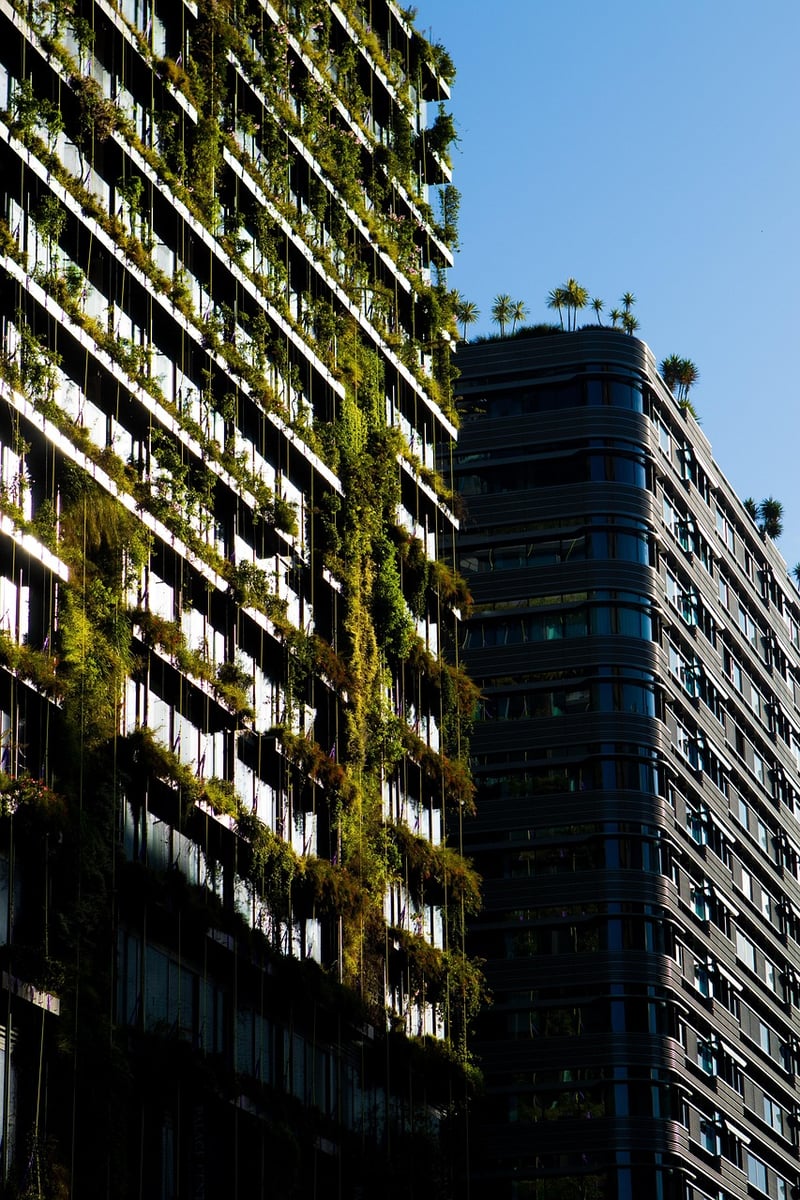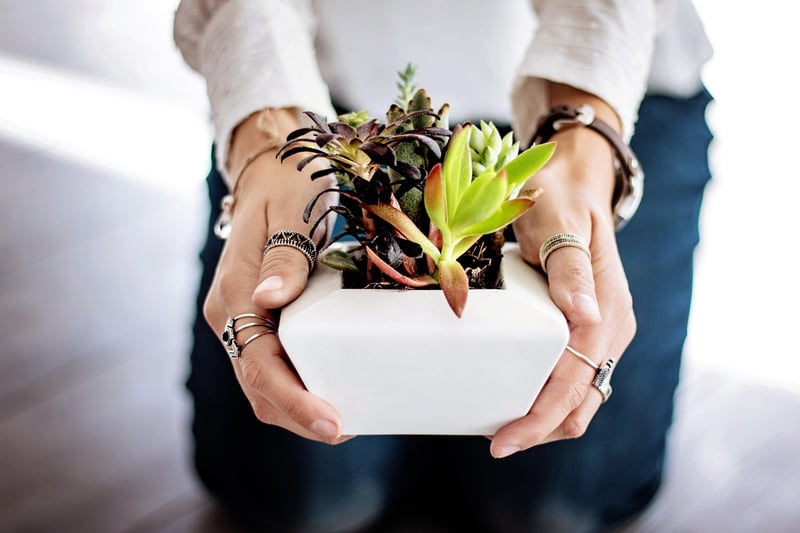Choosing the Right Pots
Maximize Your Plant Growth in Limited Spaces by Choosing the Right Pots
When you have limited areas for gardening, choosing the right pots becomes crucial to ensure your plants thrive. Whether you have a small balcony, a tiny patio, or just a corner in your home, selecting the appropriate pots can make a significant difference in the growth and health of your plants.
Benefits of Choosing the Right Pots:
- Optimal Drainage: Proper drainage is essential for plant health. Pots with drainage holes help prevent overwatering and root rot.
- Space Efficiency: Selecting compact pots allows you to make the most of your limited space, whether indoors or outdoors.
- Enhanced Aesthetics: The right pots can add a decorative touch to your space, enhancing the overall look of your garden or home.
- Portability: Lightweight pots are easy to move around, making it convenient to rearrange your plants as needed.
Choosing the Right Pots:
1. Size Matters:
Ensure your pots are appropriately sized for the plants you intend to grow. While larger pots retain more water and offer more room for root growth, smaller pots work well for compact plants or herbs.
2. Material Selection:
Consider the material of the pots based on your needs. Terracotta pots are porous and allow for better airflow, while plastic pots retain moisture for longer periods.
3. Drainage Holes:
Always opt for pots with drainage holes to prevent waterlogging, which can lead to root rot. If your favorite pot doesn't have drainage, you can add a layer of stones at the bottom to improve drainage.
4. Mobility:
If you need to move your plants frequently to optimize sunlight exposure, choose pots that are lightweight and easy to transport.
Examples of Ideal Pots:
- Hanging Baskets: Perfect for trailing plants in small spaces.
- Self-Watering Pots: Great for busy individuals or those prone to overwatering.
- Vertical Planters: Ideal for growing plants vertically, maximizing space.
Conclusion:
By carefully selecting the right pots for your plants, you can optimize growth even in limited areas. Remember to consider factors like size, material, drainage, and mobility to create a thriving garden no matter how small your space.



